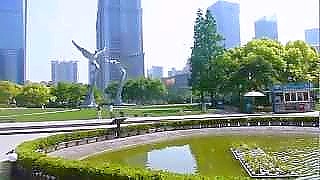With The New Atlas ...
[640],shadow=true,start=,stop=Bonus film - the role of western MSM - with the Moderate Rebels ...
Live more ...
 Western imperialism and the MeKong river
Western imperialism and the MeKong riverWith The New Atlas ...
[640],shadow=true,start=,stop=Bonus film - the role of western MSM - with the Moderate Rebels ...

|
With LiZiQi 李子柒 ...
|

|
A forest park / nature reserve ...
|

|
Relaxing With Chinese Bamboo Flute, Guzheng, Erhu - hours of great music ...
|

|

|
China in the snow; all in just 3 minutes ...
Bonus film ...
|

|
GuangXi province, south China ...
|

|
Filmed May 2012.
|